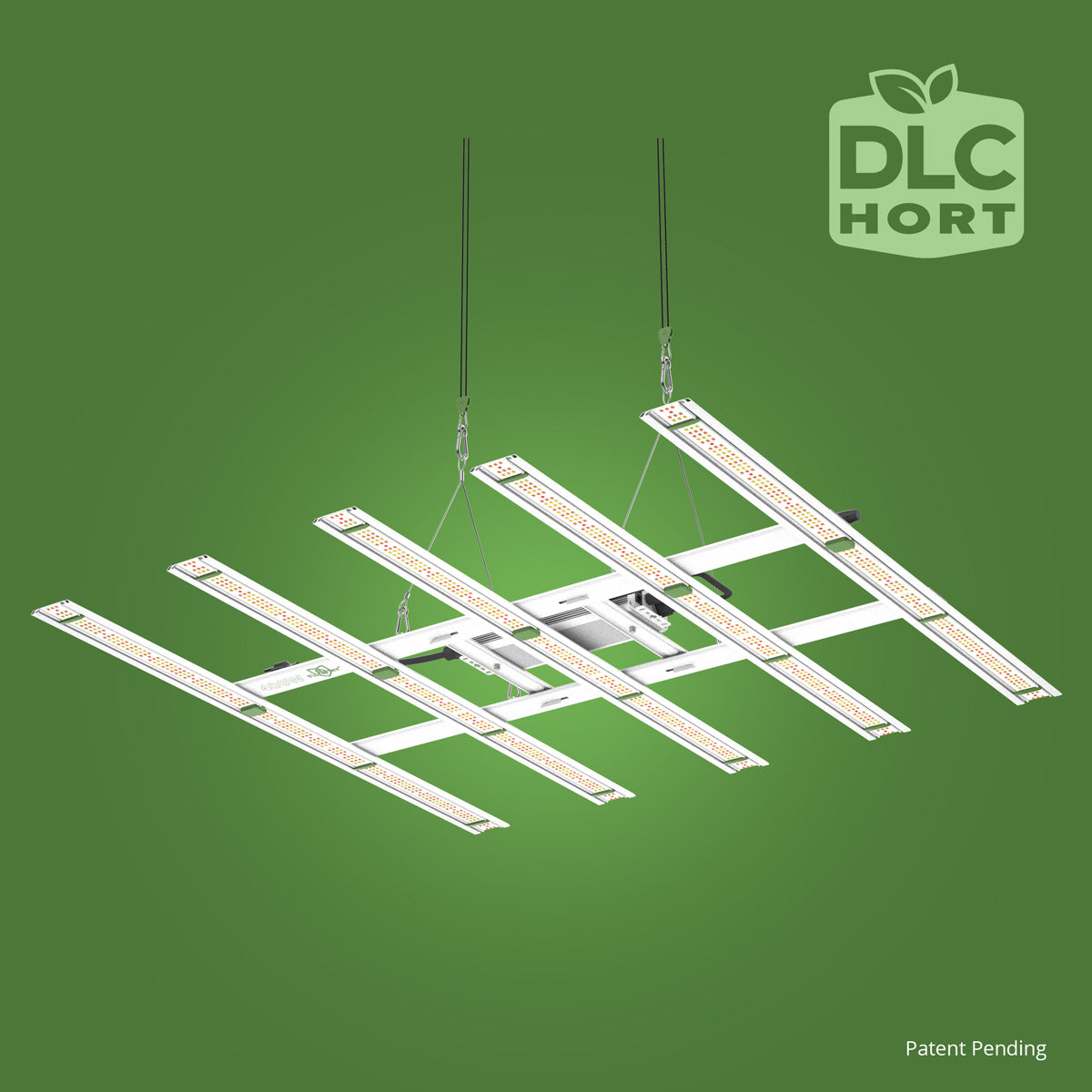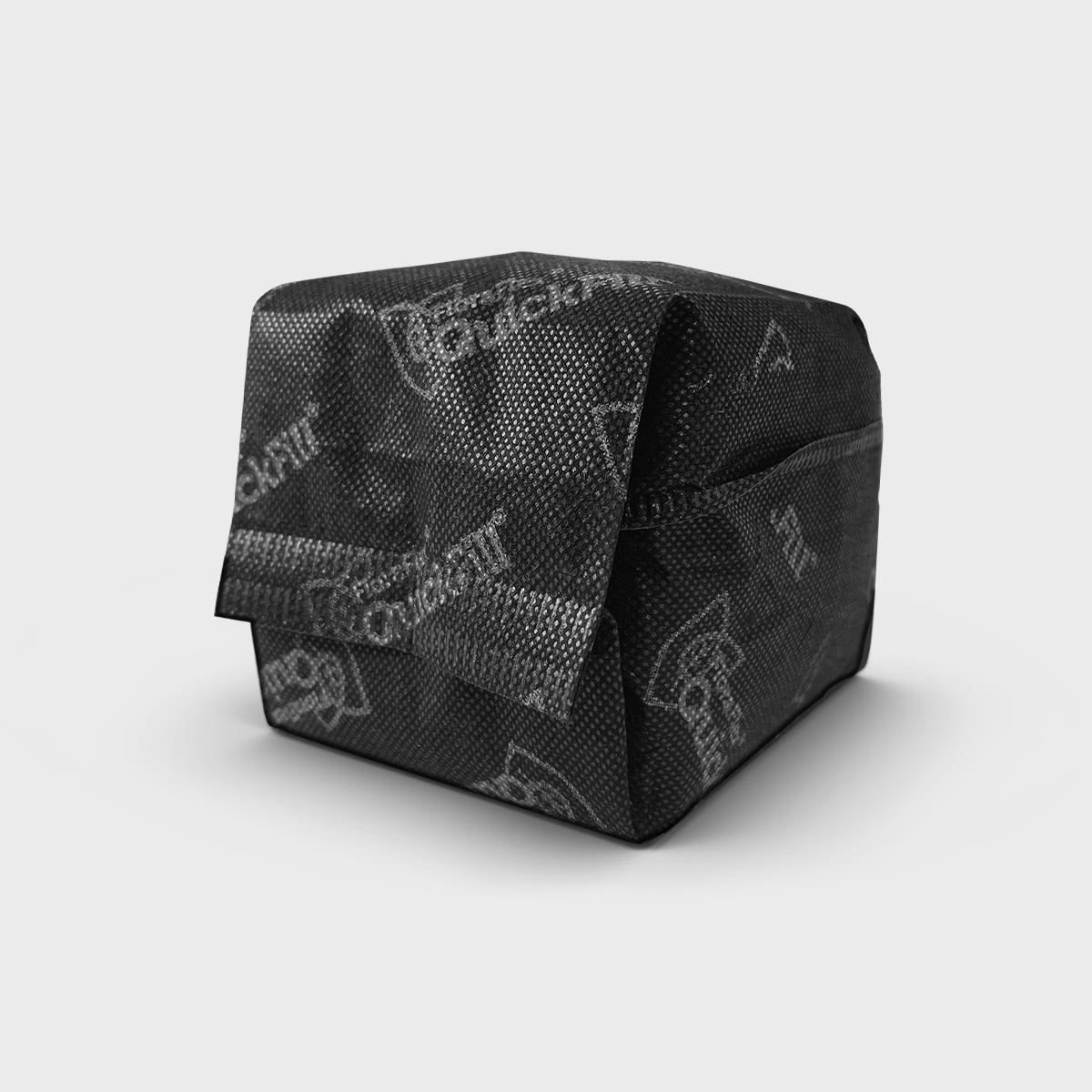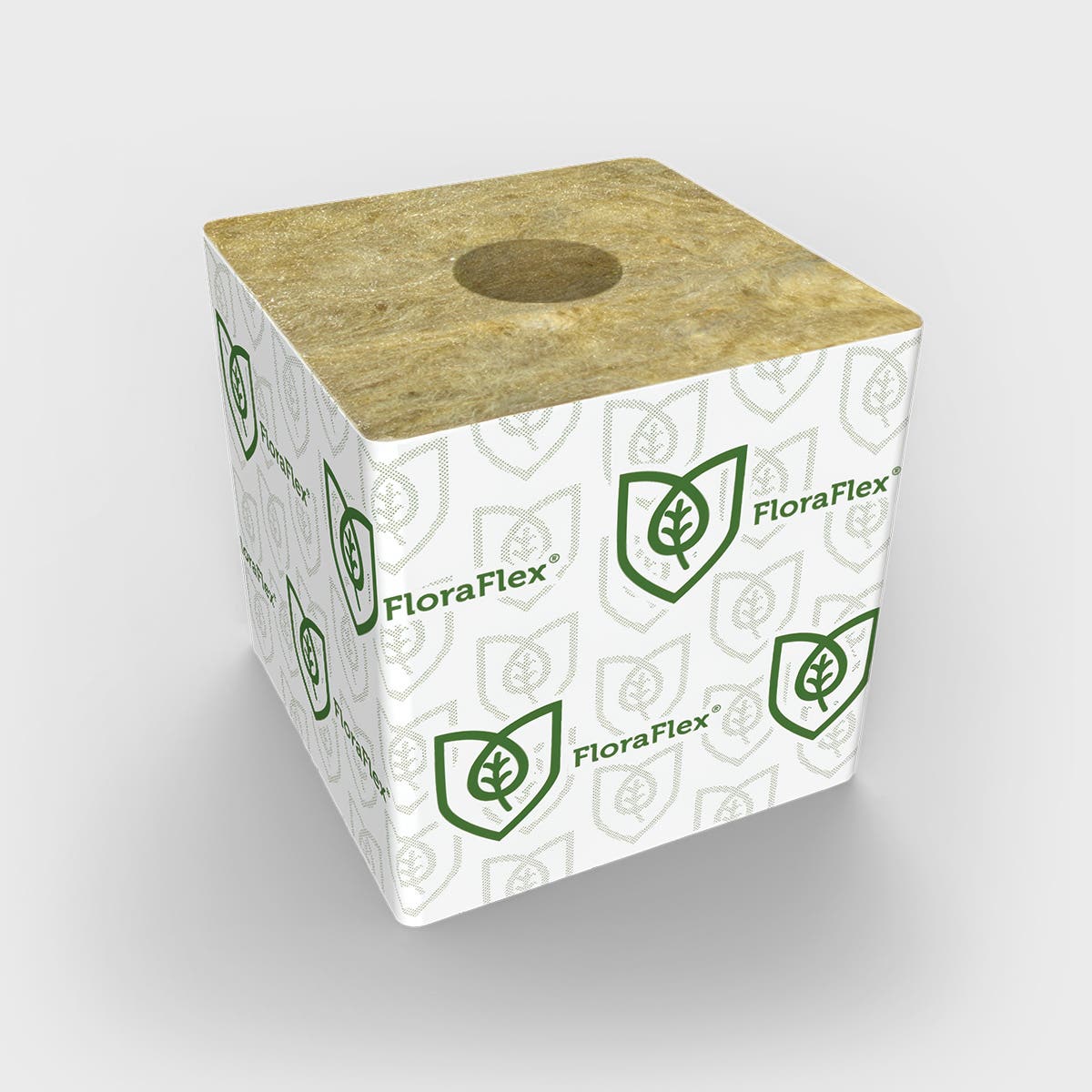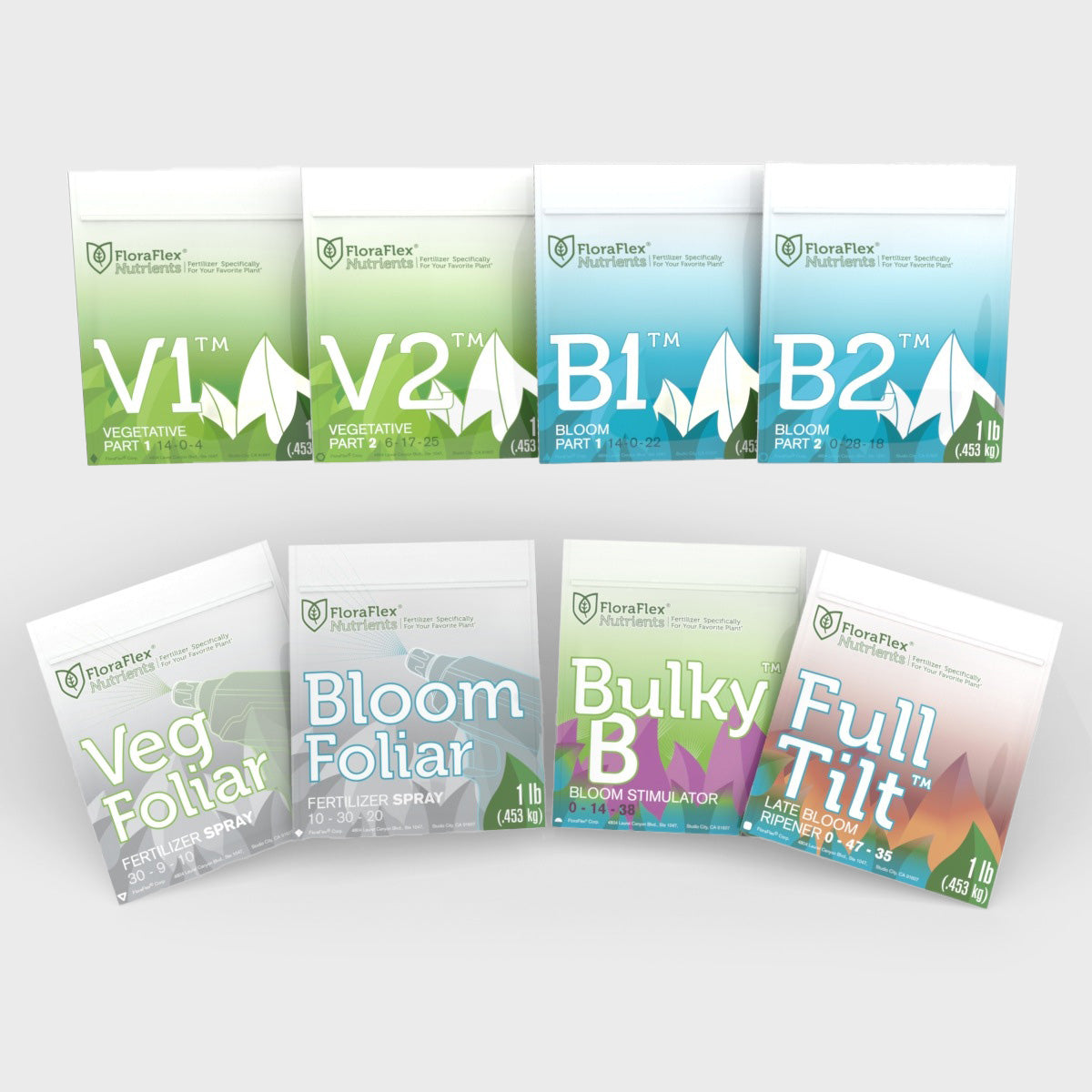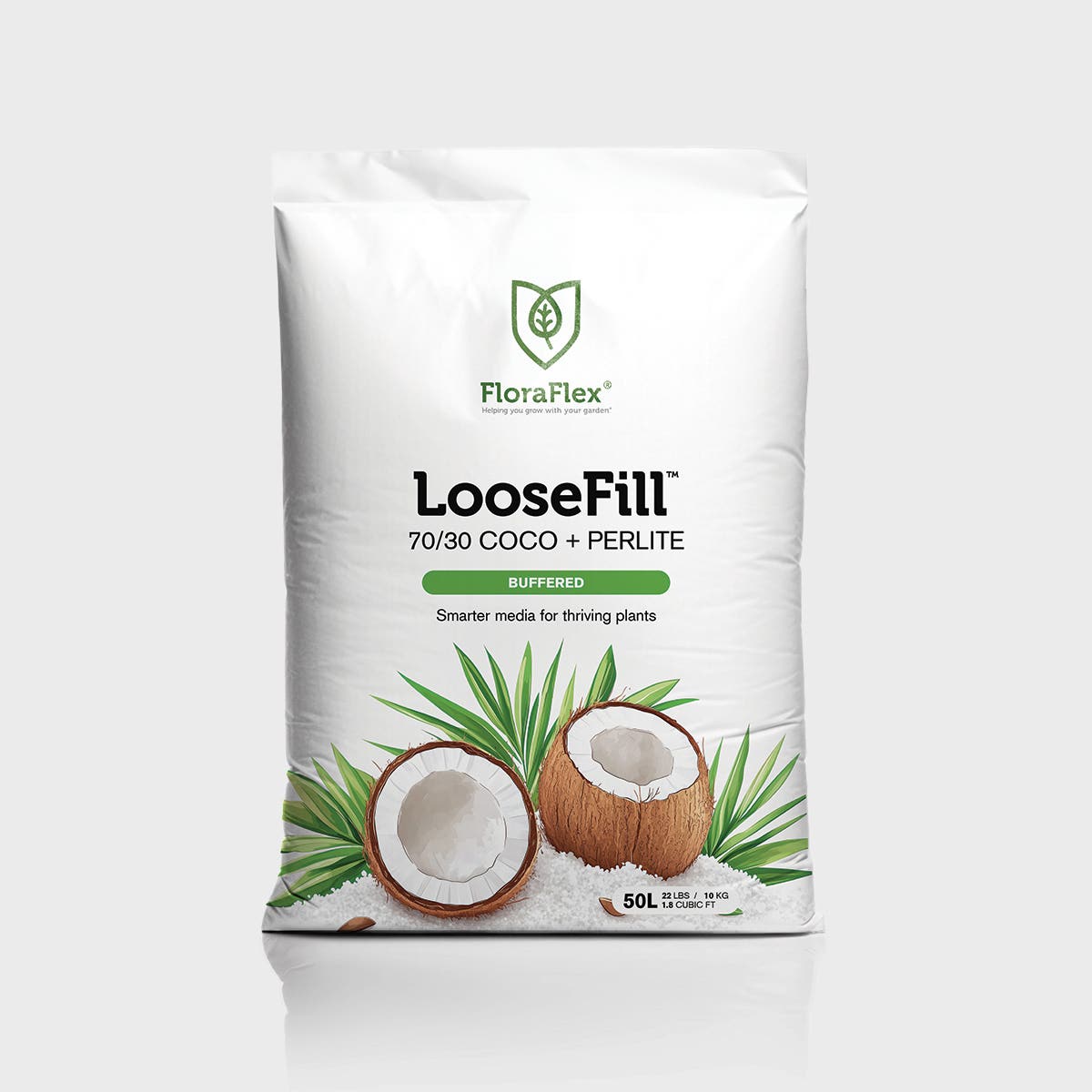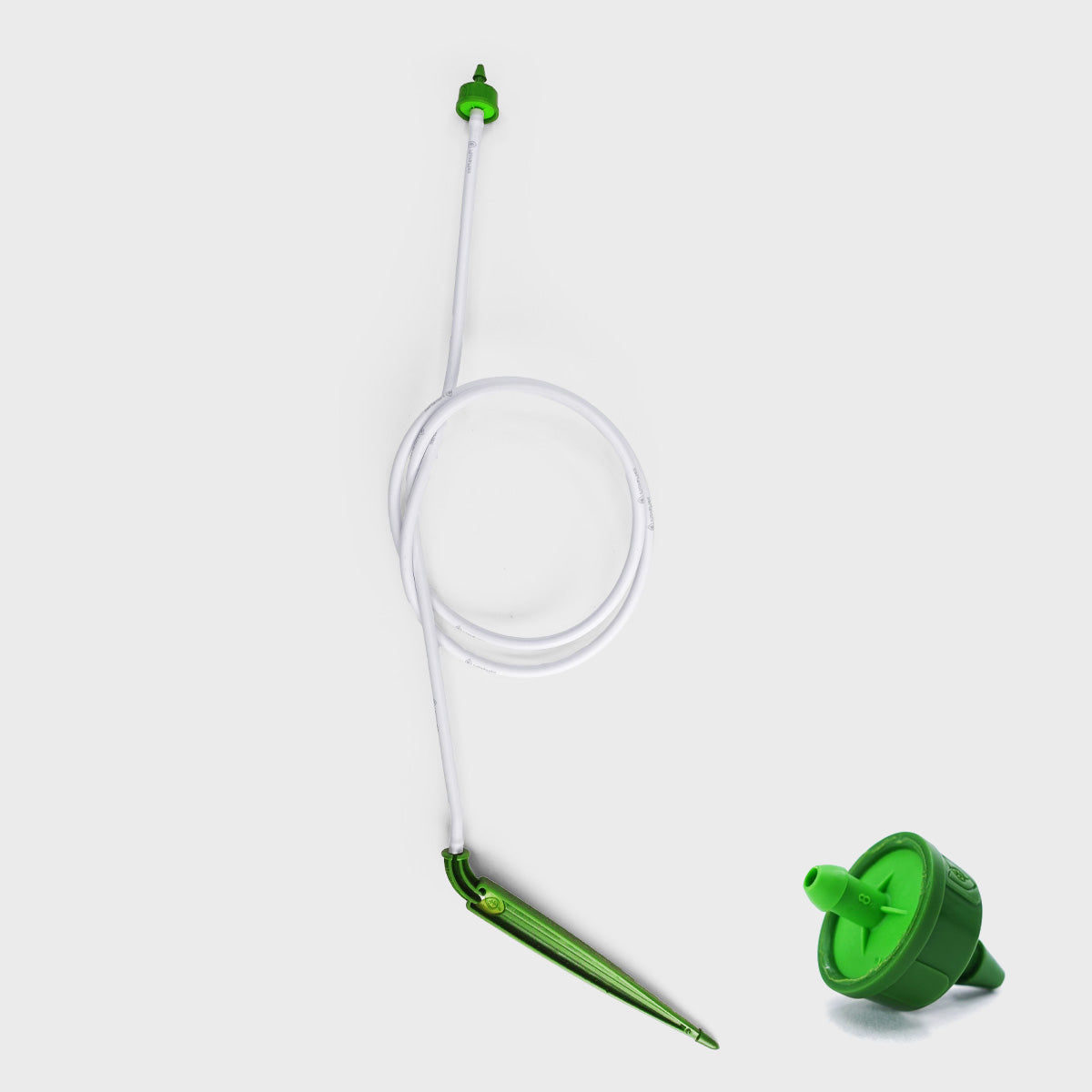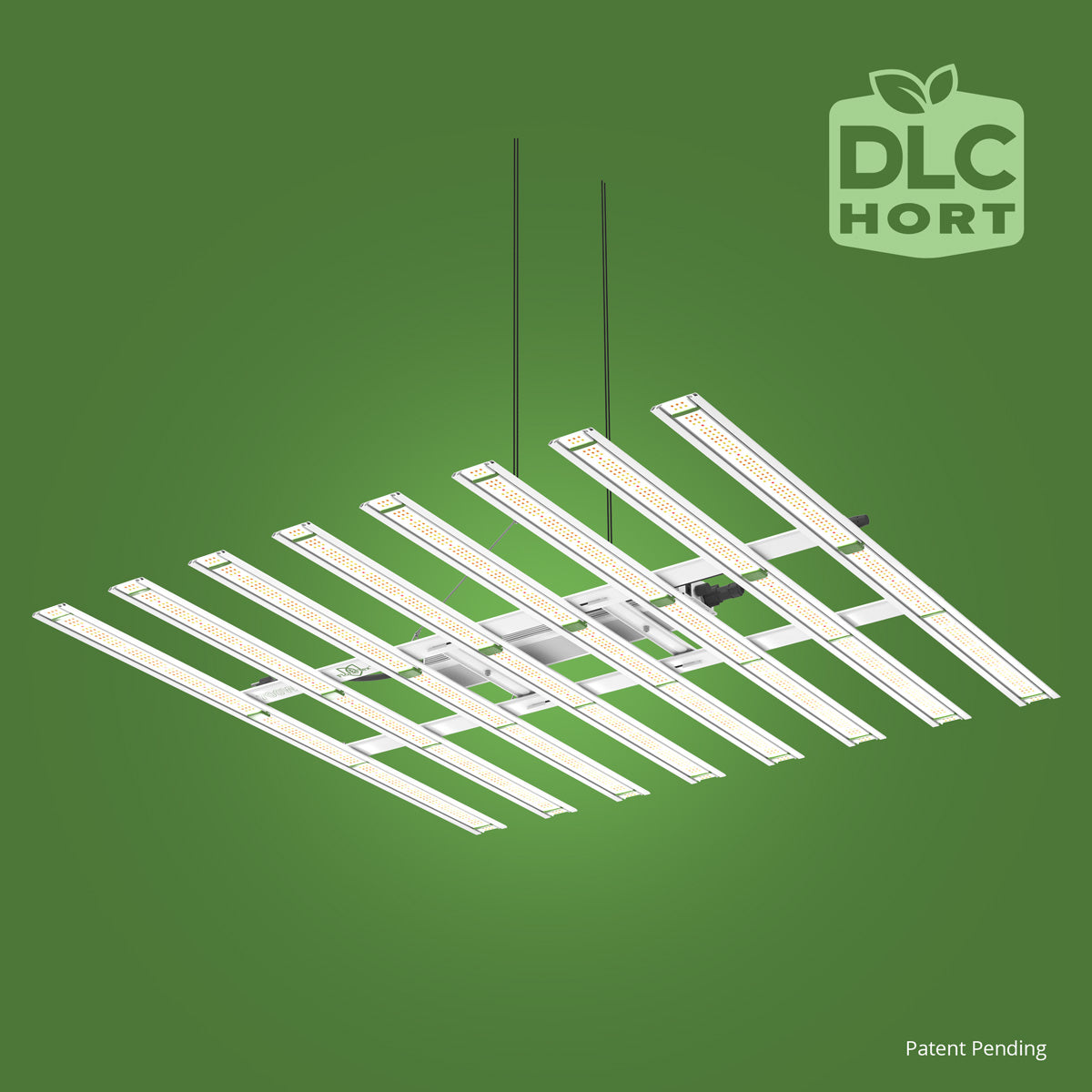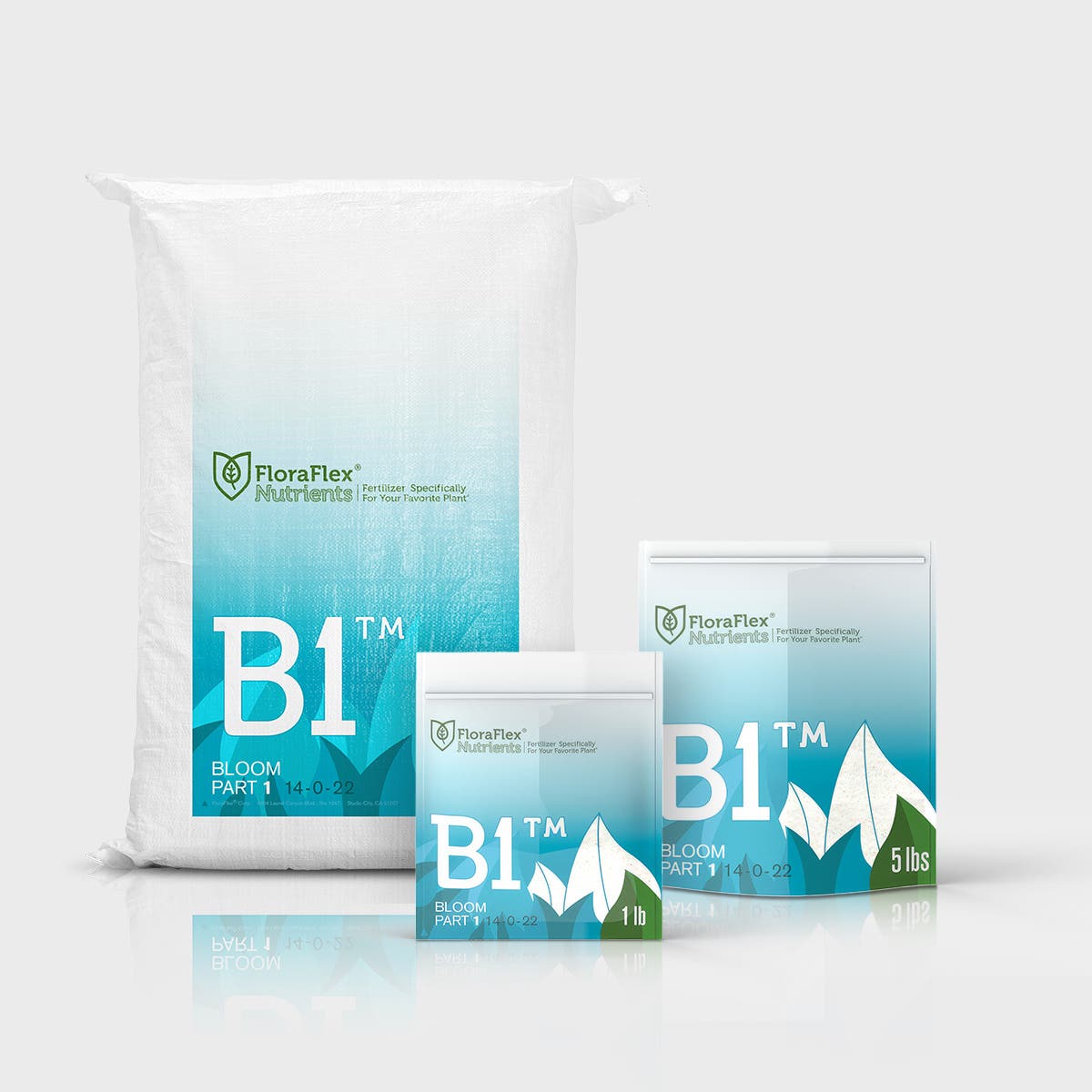Watering methods play a crucial role in ensuring the optimal growth and health of plants. When it comes to irrigation, two common techniques used are subsurface drippers and surface watering methods.
Maintaining an efficient irrigation system is essential for sustainable agriculture and gardening practices. Choosing the right watering method can have a significant impact on water conservation, plant growth, and overall productivity. Let's delve into the details of subsurface drippers and surface watering methods to understand their features and benefits.
2. What is Subsurface Drip Irrigation?
Subsurface drip irrigation (SDI) is a method where water is delivered directly to the plant's root zone through buried dripper lines. Unlike traditional surface watering, which sprays water above ground, SDI targets the plant's root system, providing a more efficient and controlled watering solution.
3. Advantages of Subsurface Drip Irrigation
Subsurface drip irrigation offers several advantages over surface watering methods. These benefits include:
Water Conservation
SDI reduces water loss due to evaporation and runoff, as water is applied directly to the roots, minimizing wastage. This targeted approach can result in significant water savings compared to surface watering methods.
Enhanced Plant Health and Root Development
By delivering water directly to the root zone, subsurface drippers promote healthier root development. This leads to stronger, more resilient plants with improved nutrient absorption capabilities.
Weed Control
Since SDI delivers water only to the intended plants, it reduces the availability of water for weed growth. This helps in minimizing weed competition and the need for herbicides.
Reduced Soil Erosion
With SDI, water is applied at a controlled rate, preventing soil erosion caused by excessive surface runoff. This protects the topsoil and ensures a stable growing environment.
4. How Subsurface Drippers Work
Subsurface drippers consist of buried pipes or tubes with emitters placed at regular intervals. These emitters release water at a slow and steady rate, allowing it to percolate into the soil and reach the plant's root zone. The water flow is controlled by pressure regulators, ensuring uniform distribution across the entire irrigation system.
5. Limitations of Subsurface Drip Irrigation
While subsurface drip irrigation offers numerous benefits, it also has certain limitations to consider:
Initial Cost
The installation cost of an SDI system can be higher compared to surface watering methods. It involves the purchase of specialized equipment and materials, making it a significant upfront investment.
Maintenance Challenges
Maintaining subsurface dripper lines requires periodic monitoring to prevent clogging or damage. Proper filtration and regular checks are necessary to ensure the system functions optimally.
6. What are Surface Watering Methods?
Surface watering methods refer to irrigation techniques where water is applied directly on the soil surface. Examples include sprinklers, flood irrigation, and overhead watering systems. These methods distribute water over a larger area, covering the soil and plants from above.
7. Types of Surface Watering Methods
There are various types of surface watering methods available, including:
Sprinkler Irrigation
Sprinkler systems use a network of overhead sprinklers to distribute water over the plants and soil surface. The water is sprayed in an arc-like pattern, resembling rainfall.
Flood Irrigation
Flood irrigation involves the controlled release of water onto the soil surface, allowing it to spread and infiltrate the root zone. It is commonly used in agricultural fields.
Overhead Watering Systems
Overhead watering systems consist of fixed or rotating nozzles that release water from above, similar to rainfall. These systems are often used in gardens and landscaped areas.
8. Advantages of Surface Watering Methods
Surface watering methods offer certain advantages in specific situations. These benefits include:
Cost-effectiveness
Surface watering methods generally have lower upfront costs compared to subsurface drip irrigation. They are often more accessible and require less specialized equipment.
Ease of Installation and Maintenance
Surface watering systems are relatively easy to install and maintain. They do not require burying pipes or tubes, simplifying the setup process.
Flexibility in Water Distribution
Surface watering allows for broader coverage, making it suitable for areas with multiple plant types or irregularly shaped landscapes.
9. Drawbacks of Surface Watering Methods
Despite their advantages, surface watering methods also have some drawbacks to consider:
Water Loss through Evaporation
Surface watering is more susceptible to water loss through evaporation, especially in hot and windy conditions. This can lead to inefficient water usage and increased water requirements.
Potential Leaf Wetting
Sprinkler systems and overhead watering methods can wet the leaves, which may increase the risk of foliar diseases in certain plants.
10. Subsurface Drippers vs. Surface Watering Methods: A Comparison
Now, let's compare subsurface drippers and surface watering methods based on several factors:
Water Efficiency
SDI delivers water directly to the root zone, minimizing evaporation and ensuring efficient water utilization. Surface watering methods, on the other hand, are more prone to water loss through evaporation and runoff.
Plant Health and Root Development
Subsurface drippers promote healthier root growth by delivering water directly to the roots. Surface watering methods can lead to shallower root systems, making plants more susceptible to drought and environmental stresses.
Weed Control
Subsurface drip irrigation reduces weed growth by providing water only to the desired plants. Surface watering methods may inadvertently water weeds, leading to increased competition and weed infestations.
Environmental Impact
SDI is considered more environmentally friendly due to its efficient water usage, reduced runoff, and minimized soil erosion. Surface watering methods may have a higher environmental impact due to water wastage and potential runoff contamination.
Both subsurface drip irrigation and surface watering methods have their advantages and limitations. Subsurface drippers excel in water efficiency, enhanced plant health, weed control, and reduced soil erosion. On the other hand, surface watering methods offer cost-effectiveness, ease of installation, and flexibility in water distribution. Choosing the appropriate method depends on factors such as water availability, budget, crop type, and specific environmental conditions.

